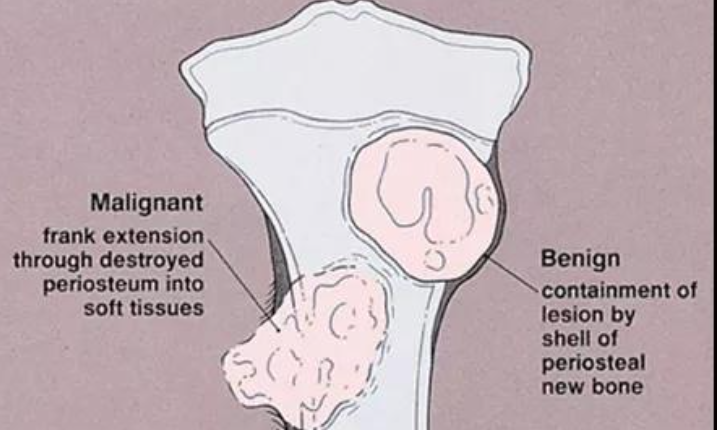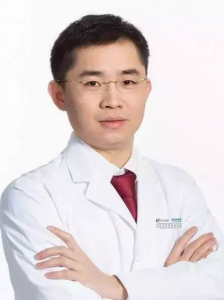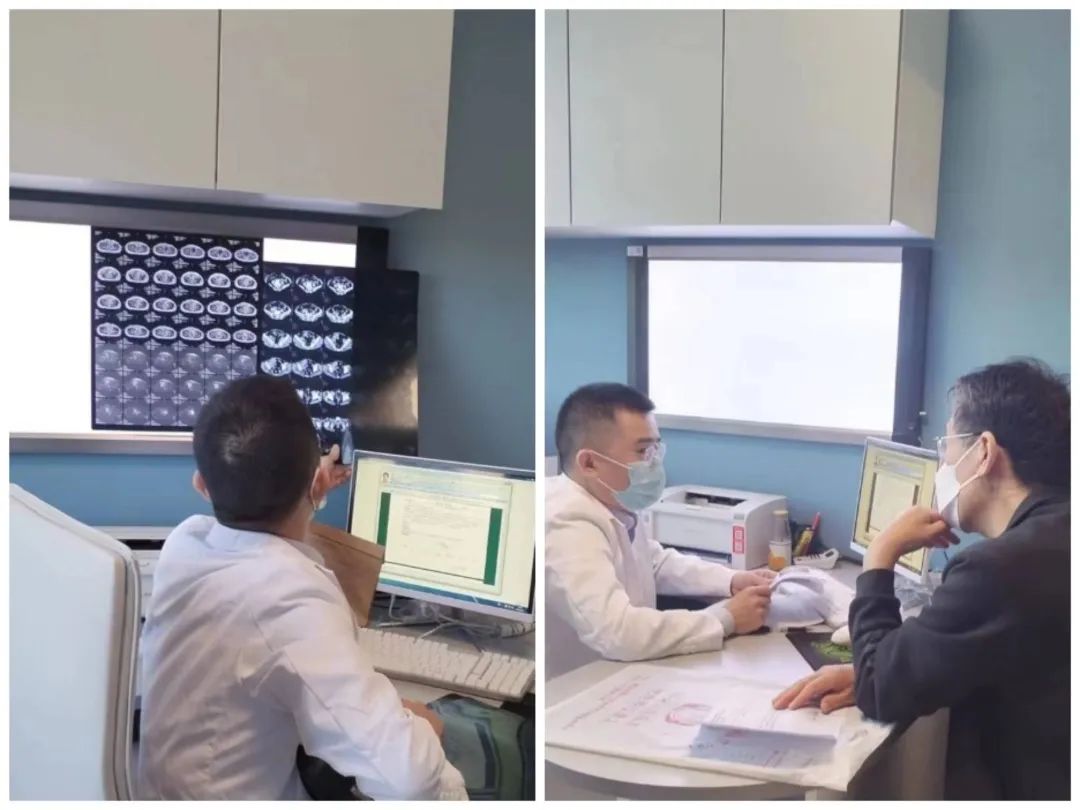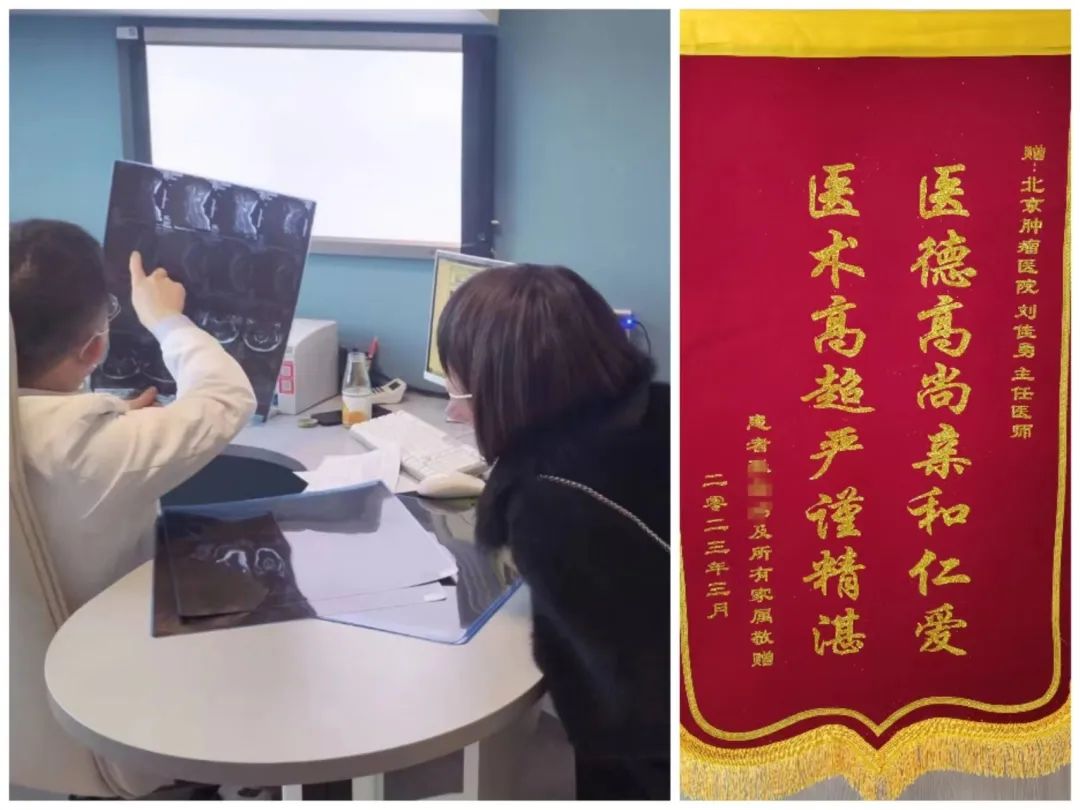The latest edition of the World Health Organization’s Classification of Soft Tissue and Bone Tumors, published in April 2020, classifies sarcomas into three categories: soft tissue tumors, bone tumors, and tumors of both bone and soft tissue with undifferentiated small round cells (such as EWSR1-non-ETS fusion round cell sarcoma).
“The Forgotten Cancer”
Sarcoma is a rare form of cancer in adults, accounting for about 1% of all adult cancers, often referred to as “The Forgotten Cancer.” However, it is relatively common in children, accounting for around 15% to 20% of all childhood cancers. It can occur in any part of the body, most commonly in the arms or legs (60%), followed by the trunk or abdomen (30%), and finally the head or neck (10%).
In recent years, the incidence of bone and soft tissue tumors has been gradually increasing. Primary malignant bone tumors are more common in adolescents and middle-aged individuals and include osteosarcoma, Ewing sarcoma, chondrosarcoma, malignant fibrous histiocytoma, and chordoma, among others. Common soft tissue malignant tumors include synovial sarcoma, fibrosarcoma, liposarcoma, and rhabdomyosarcoma. Bone metastases are more common in middle-aged and elderly individuals, with common primary tumors being lung cancer, breast cancer, kidney cancer, prostate cancer, and thyroid cancer, among others.
Early Detection, Early Treatment – Illuminating the Hidden “Tumors”
Due to the high overall recurrence rate of sarcomas, many tumors have unclear preoperative diagnoses and lack detailed imaging examinations. This often leads to the discovery during surgery that the tumor is not as simple as estimated preoperatively, resulting in incomplete resection. Postoperative recurrence or metastasis may occur, causing patients to miss the optimal treatment opportunity. Therefore, early detection, accurate diagnosis, and timely treatment have a significantly important impact on patients’ prognosis. Today, we would like to introduce an esteemed expert who has nearly 20 years of experience in standardized diagnosis and personalized treatment of soft tissue sarcoma, and is highly acclaimed by both the industry and patients – Doctor Liu Jiayong from the Department of Bone and Soft Tissue at Peking University Cancer Hospital.
Unveiling the Expert with In-Depth Knowledge of Bone and Flesh Pain – Dr. Liu Jiayong
Doctor of Medicine, Chief Physician, Associate Professor. Studied at the Anderson Cancer Center in the United States.
Expertise: Comprehensive treatment of soft tissue sarcomas (surgical resection and reconstruction; chemotherapy, targeted therapy, and immunotherapy); surgical treatment of melanomas.
With close to 20 years of medical experience, Doctor Liu Jiayong has accumulated extensive clinical and surgical treatment expertise in standardized diagnosis and personalized treatment plans for common soft tissue sarcomas such as undifferentiated pleomorphic sarcoma, liposarcoma, leiomyosarcoma, synovial sarcoma, adenocystic carcinoma-like sarcoma, epithelioid sarcoma, fibrosarcoma, angiosarcoma, and infiltrative fibromatosis. He is particularly adept at handling blood vessels and nerves during limb sarcoma resections, as well as repairing and reconstructing soft tissue defects on the skin. Doctor Liu patiently listens to each patient, carefully inquires about their medical history, and takes meticulous medical records. He pays special attention to the changes in the patient’s condition at different time points, such as before and after surgery, during treatment, follow-up, and disease progression, making precise judgments and timely adjustment of treatment plans.
Doctor Liu Jiayong currently serves as a member of the Soft Tissue Sarcoma and Melanoma Group of the Chinese Anti-Cancer Association, as well as a member of the Bone Tumor Group of the Beijing Society of Orthopedics of the Chinese Medical Association. In 2010, he was the first in China to translate and publish the “NCCN Clinical Practice Guidelines in Soft Tissue Sarcoma,” promoting standardized comprehensive treatment of soft tissue sarcomas. He continues to strive for progress in clinical and scientific research, despite having a large patient load. He is dedicated and responsible for every patient he treats, and during the pandemic, he addressed the difficulties faced by patients seeking medical care by promptly responding to patient consultations, reviewing follow-up results, and providing appropriate treatment recommendations through online consultations platforms such as Good Doctor’s Patient Group.
Recent Case
Mr. Zhang, a 35-year-old patient, suddenly experienced vision loss in early 2019. Subsequently, he underwent left eye enucleation surgery due to sustained increase in intraocular pressure. The postoperative pathology revealed an inflammatory pseudotumor. In the summer of the same year, multiple lung nodules were found during a follow-up examination, but no tumor cells were detected through needle biopsies. Further follow-up examinations revealed multiple bone and lung metastases. Consultations at local and higher-level hospitals diagnosed him with inflammatory myofibroblastic tumor. In August 2022, he underwent high-dose chemotherapy, which significantly relieved his pain but showed no apparent improvement in the lesions upon reevaluation. His physical condition also weakened. Despite this, his family never gave up hope. After seeking multiple opinions, they came to Doctor Liu Jiayong’s attention in November 2022. After carefully reviewing the patient’s medical history, all medical records, pathological tests, and imaging data, Doctor Liu proposed a chemotherapy regimen consisting of low-dose methotrexate and Changchun Ruibin. This chemotherapy regimen is cost-effective and has minimal side effects. After 35 days of medication, a follow-up CT scan showed that the mass in the right lung had disappeared, indicating good control of the tumor. A recent follow-up examination at Beijing South Region Oncology Hospital showed stable lung condition, and Doctor Liu recommended regular follow-up visits. The patient and his family now have greater confidence in the subsequent treatment, filled with hope. They feel that they have seen a glimmer of light in the journey of treatment and express their heartfelt gratitude by presenting a silk banner of appreciation.
Post time: Aug-25-2023




